Saxons (Saxones)
The Saxons, a Germanic tribe, originally occupied territory on the southern Jutland
Peninsula in present-day Denmark and Germany and on several neighboring islands.
They were among the germanics—the Angles, Frisians, and Jutes—who in the fifth and sixth
centuries C.E. migrated to Britain and eventually became known as Anglo-Saxons (the name
Saxons also being applied to all these peoples). Those who remained on mainland Europe—
the Old Saxons, as they were called—held extensive territory in present-day northwestern
Germany. The term also has been used for inhabitants of different regions of Germany
known in its history as Saxony. The name Saxons (possibly from scramasax, a singleedged
sword used by Saxons, or possibly from seax, a two-edged dagger) was also applied to
German settlers who migrated during the 13th century to southeastern Transylvania in present-
day Romania.
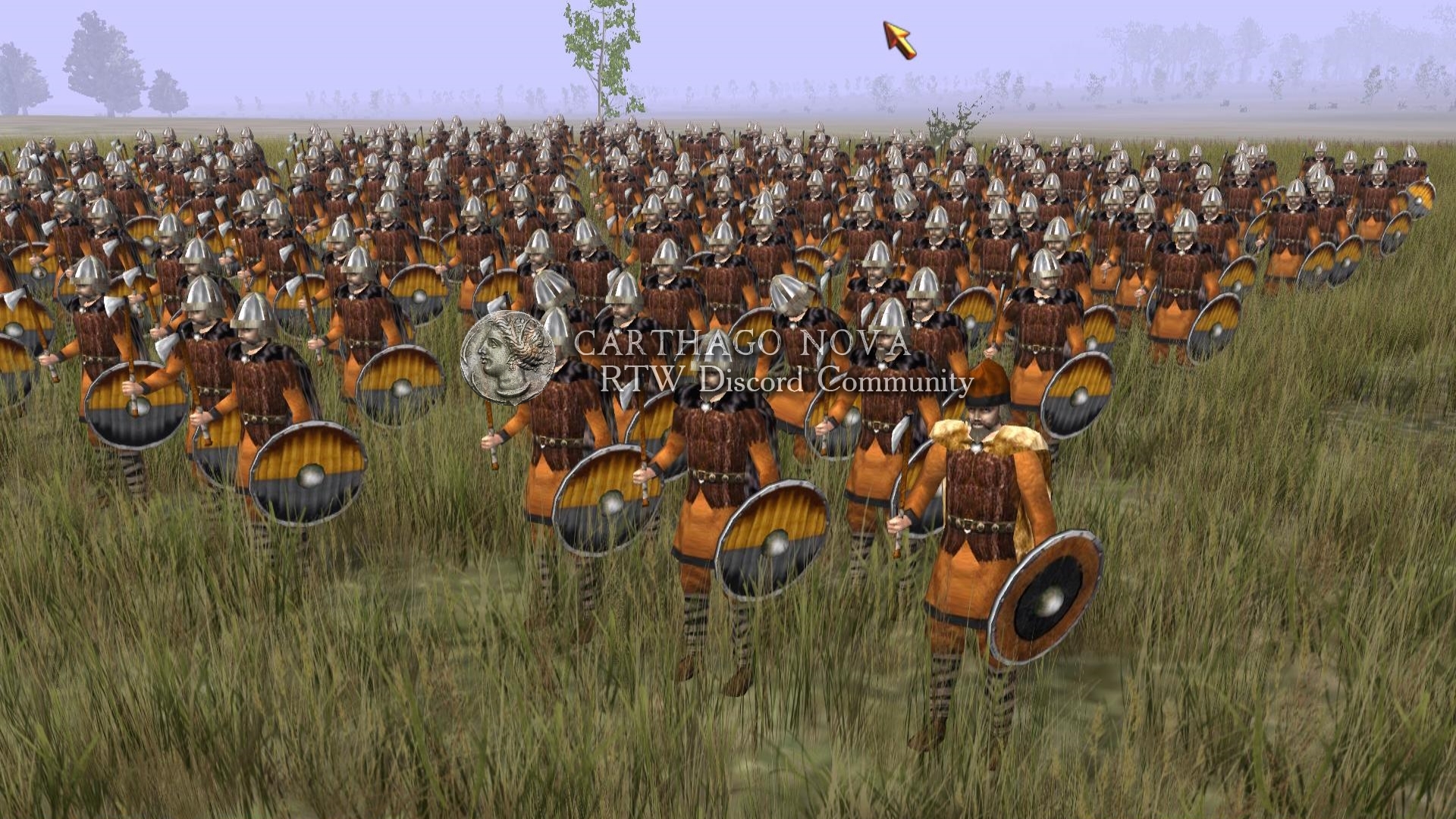
LANGUAGE
The Saxons spoke Old Saxon (or Old Low German), a now-extinct Low German dialect.
After their migration to Britain the dialects of the Saxons, Angles, and Jutes grew grammatically
closer to one another and out of them English emerged. The modern Low German
dialects developed from Old Saxon. During the medieval period the language of the
Saxons on the mainland grew closer to High German.
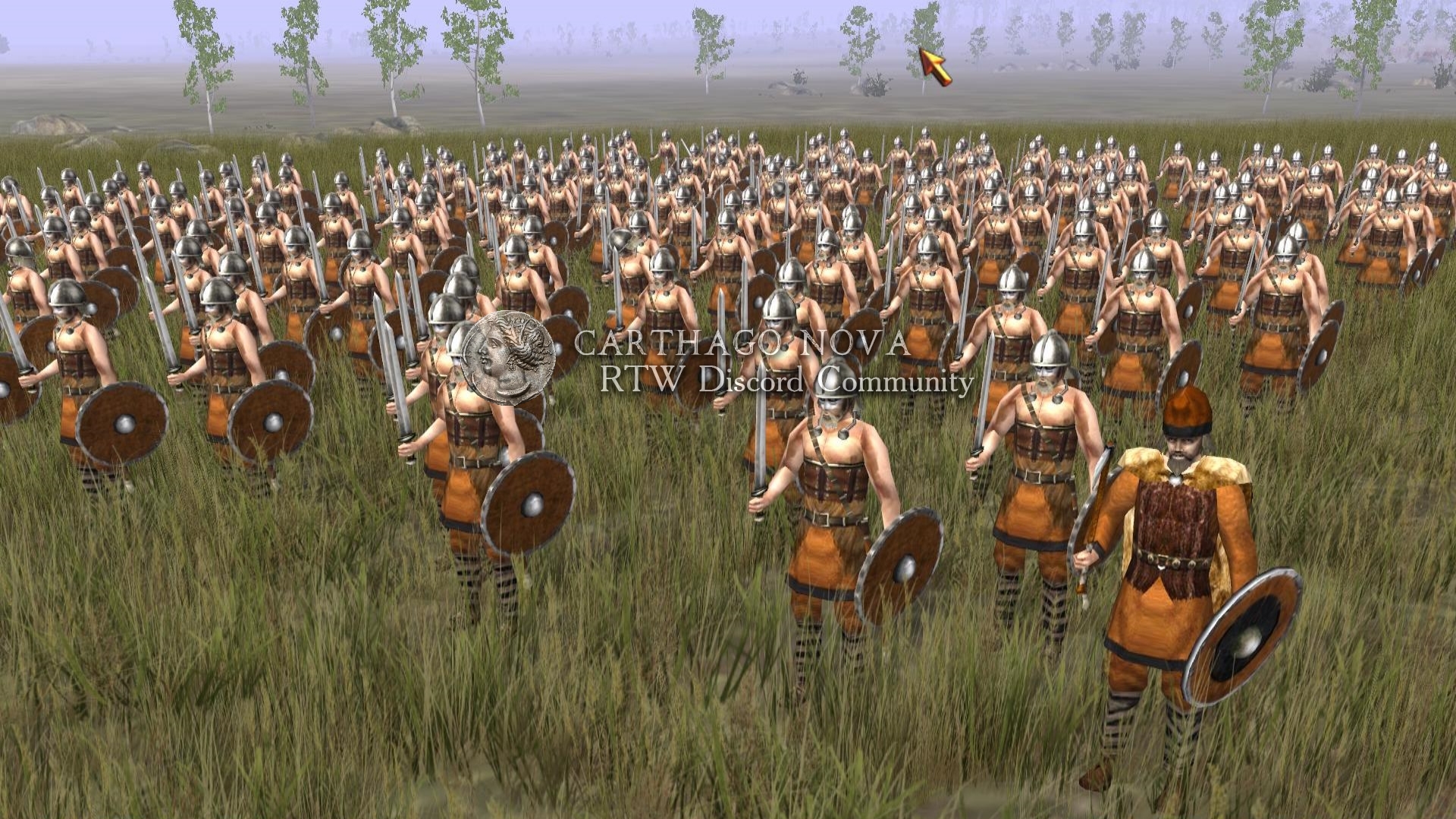
ORIGINS
The peoples near the North Sea had long been impacted by their proximity to the seaways,
which allowed contact with distant cultures. During the Neolithic Age people along
the Atlantic coastal zone constructed megalithic burial monuments. As did other northern
peoples after the beginning of the Bronze Age ancestors of the Saxons experienced
rapid introduction of innovations, iron making soon after bronze making, that caused
profound changes in society. The Saxons had early contacts with the Franks of the
Rhineland and the Thuringi farther south, as attested by grave goods that include Frankish
metalwork and glass and brooches from Thuringia. Such artifacts may be evidence of
intermarriage as well as trade.
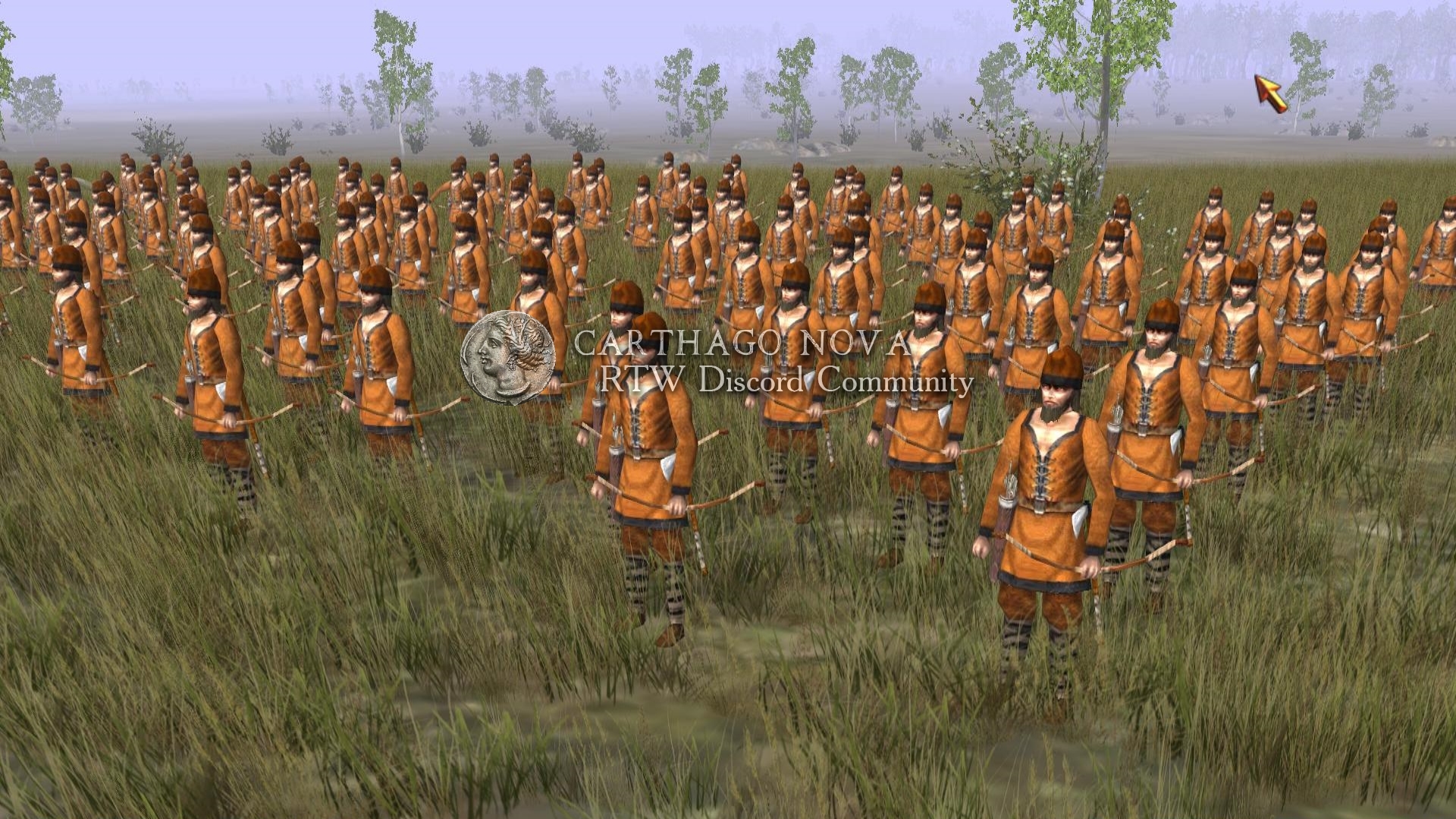
HISTORY
The first recorded mention of the Saxons is that of the Alexandrian geographer Ptolemy
in the second century C.E. In competition with other Germanic tribes of Jutland, such
as the Cimbri, the Saxons expanded southward in the third and fourth centuries along
the Elbe and Weser Rivers in presentday northwestern Germany and eventually
absorbed the Chauci and other small tribes. They also competed for territory with the
Burgundii and Cherusci to the south and Frisians to the west. The Saxons pressed into
territory held by the Romans, especially after the withdrawal of the legions in the fifth
century.
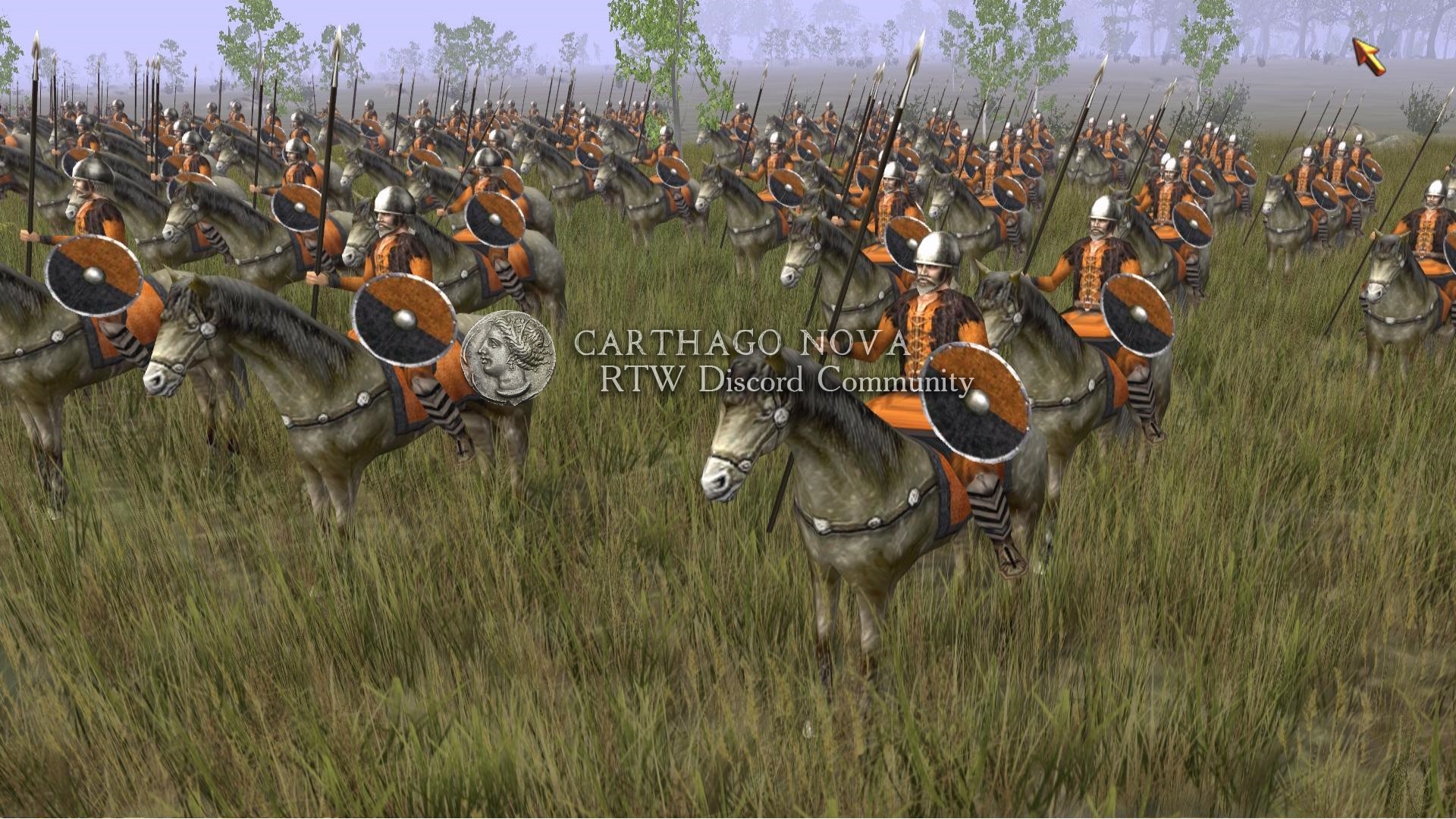
Saxons time line
C.E.
second century Saxons mentioned by Ptolemy.
third–fourth century Raiding expeditions along coast of North Sea.
fifth–sixth century Saxons, Angles, Frisians, and Jutes occupy parts of Britain.
531 Old Saxons (those on mainland) conquer Thuringia.
566 Old Saxons forced to pay tribute to Franks.
782 Charlemagne annexes Saxon territory into Frankish Empire.
780s Charlemagne’s order that Old Saxons adopt Christianity sparks rebellion
led by Widukind; massacre of 4,500 Saxon prisoners by Franks.
785 Widukind submits to Charlemagne and is baptized.
804 Last resistance against Franks ends.
843 Old Saxon lands become part of East Frankish empire as duchy of
Saxony.
12th century Duchy of Saxony dissolved.
15th century Duchy of Saxony granted to German dynasty outside
traditional Saxon territory.
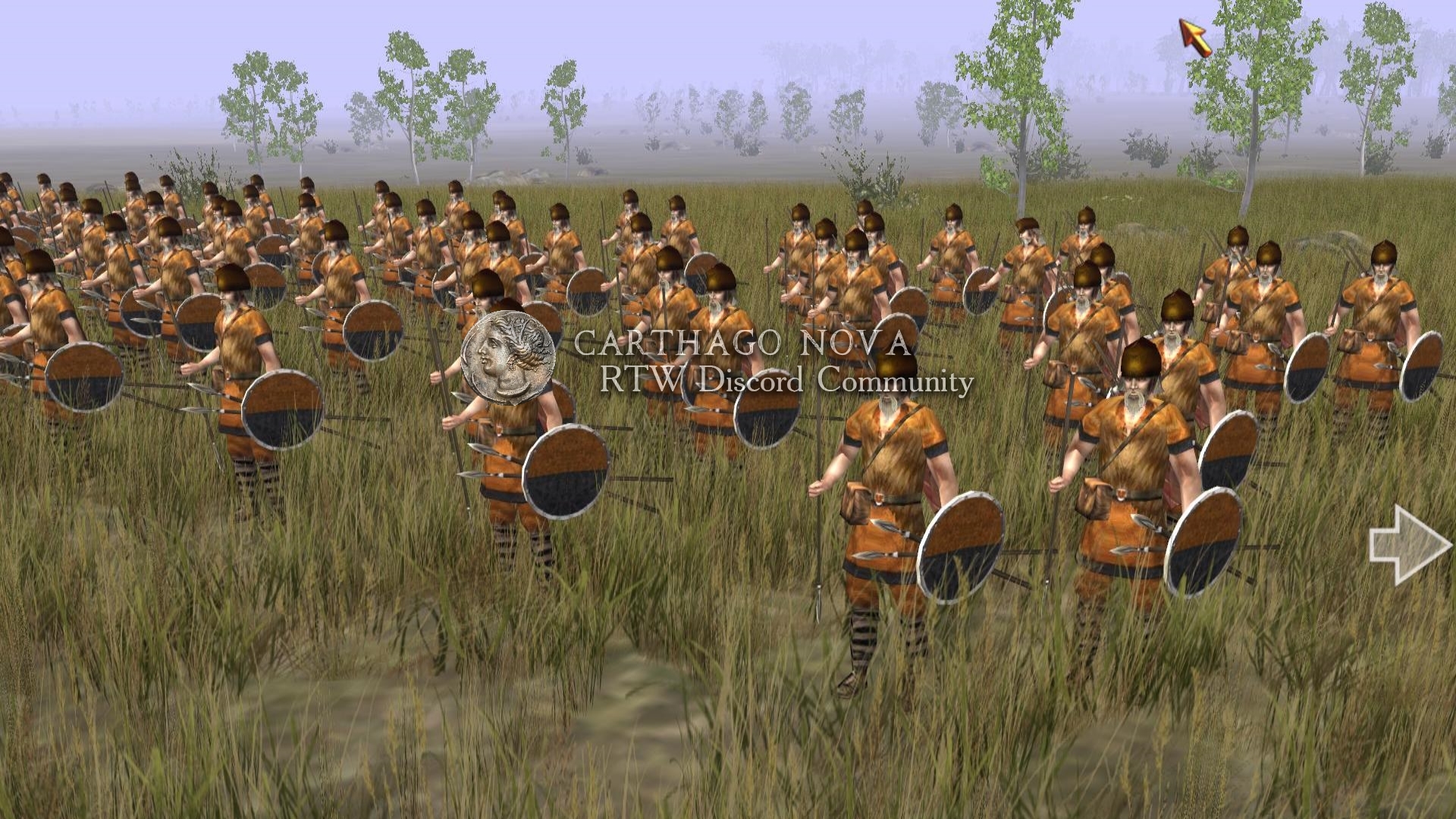
Saxon Raids in the West
From around the third century Saxons, along with Frisians, Angles, and Jutes, carried out
piratical raids along the North Sea coast, especially during the period of Roman decline. The
Romans, who indiscriminately called all these raiders Saxons, for this reason referred to the
coastal regions where they erected defenses against them—in Gaul between the mouth of
the Scheldt River in the present-day Netherlands and the Loire, in present-day France, as well as
the southeast coast of Britain—as litora Saxonica “Saxon shores.”
According to a traditional story recorded by the Briton writer Gildas and the Anglo-
Saxon Bede in the sixth century and afterward Vortigern, a king of the Britons, invited the
Saxons to Britain, along with the Angles and Jutes, to help fight the Picts. The time frame
given for their arrival is 446–454, although Germanics had migrated there earlier after governance
by the Romans ended in 410. The impetus for the Saxon migration were the conditions
in their homeland, however; there is evidence that flooding along the coast had
eroded arable land. The inherent instability of the aggressive warrior society of the Saxons,
which required war to maintain it, and population increases were important causes. The
migration of the Saxons should be seen in the light of the Germanic migrations that began in
winter 406–407, when they crossed the Rhine frontier and overran Roman Gaul. The Saxons
were not a direct part of this movement, but they must have been affected by it. During the
years 446–454 perhaps the greatest number of Germanics crossed from the mainland to
Britain.
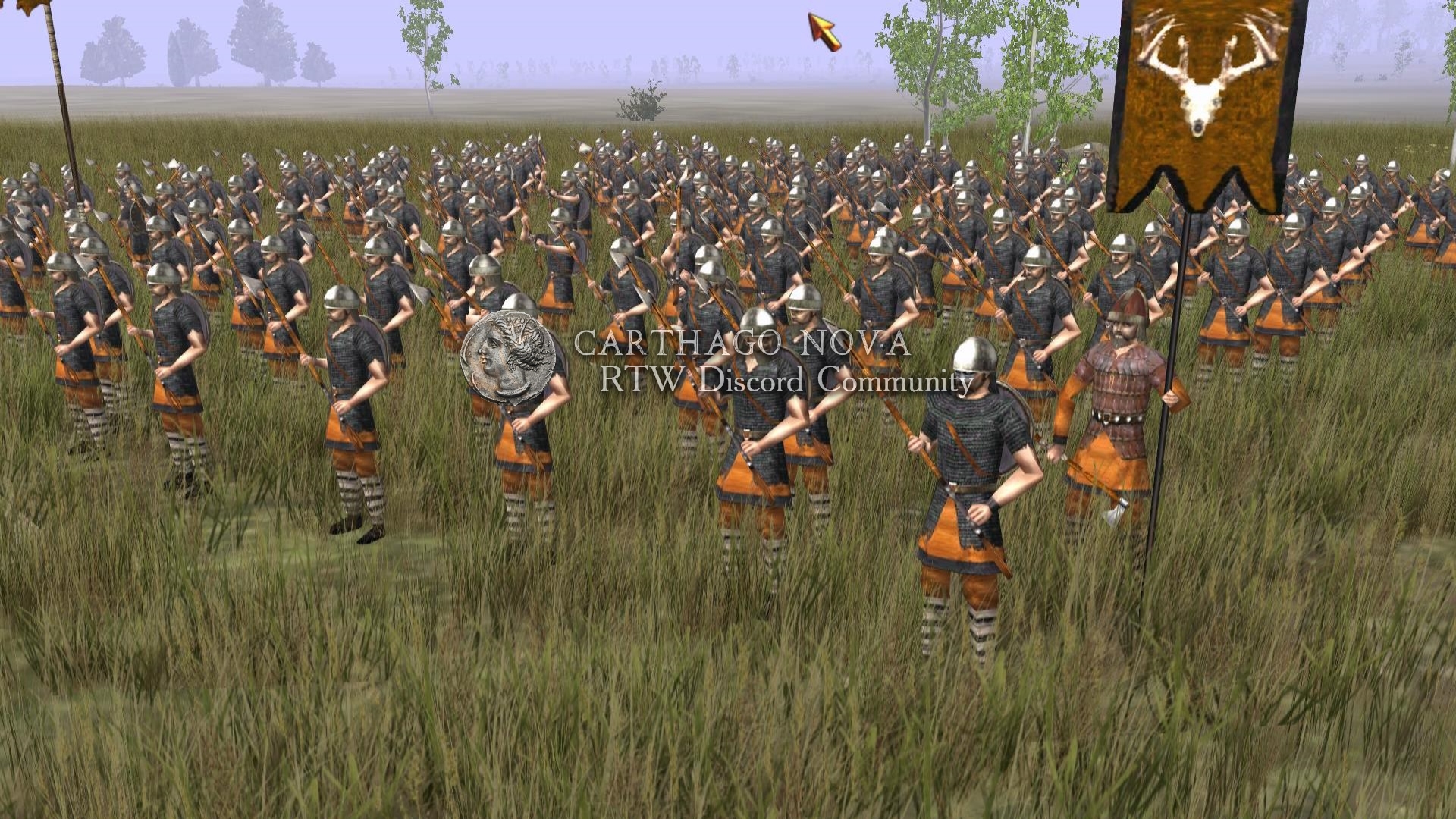
The Saxons and other Germanics seem not to have had a major impact on Britain in terms
of conquest and migration until the sixth century, possibly because the Romano-Britons
were able to hold them off until then. Saxons occupied much of present-day southern
England, founding the kingdoms of Essex, Wessex, and Sussex. The Venerable Bede classified
the inhabitants of each the East, West, and South Saxons, although he may have grouped
the Angles and Jutes among them. Wessex eventually became dominant. The Saxons,
Angles, and Jutes in Britain collectively became known as the Anglo-Saxons as early as the seventh
century.
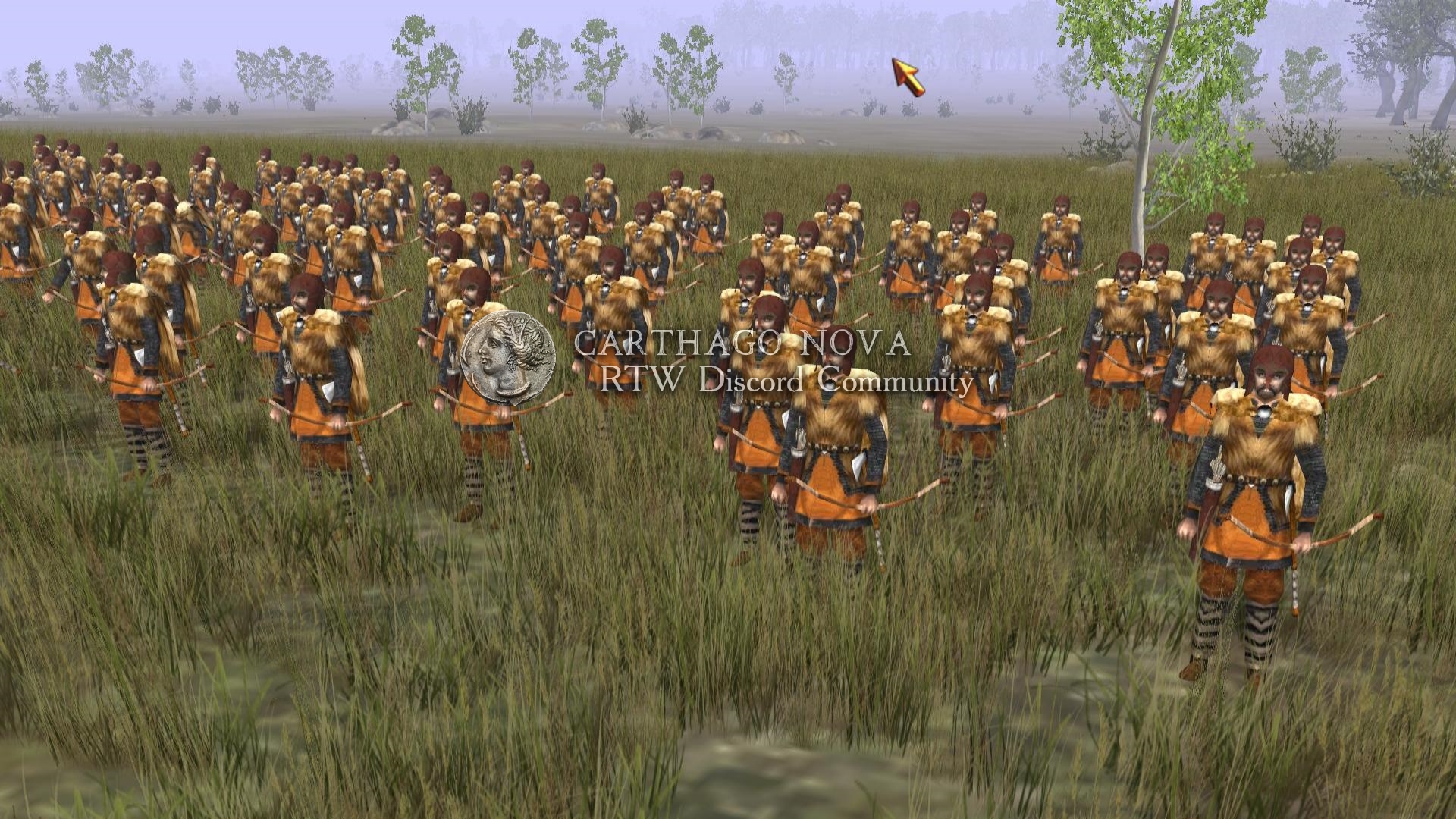
Old Saxons
The scholar Bede referred to the Saxons of continental Europe as the Antiqui Saxones, “Old
Saxons.” There were early Saxon migrations to parts of the mainland in addition to the British
Isles. In 531 Saxons conquered the kingdom of Thuringia in central Germany. Some Saxons
also settled in coastal Gaul, near Bayeux in present-day Normandy, the Calvados region in
the Somme basin, and the Pas de Calais, as well as on the west coast around the mouth of the
Loire.
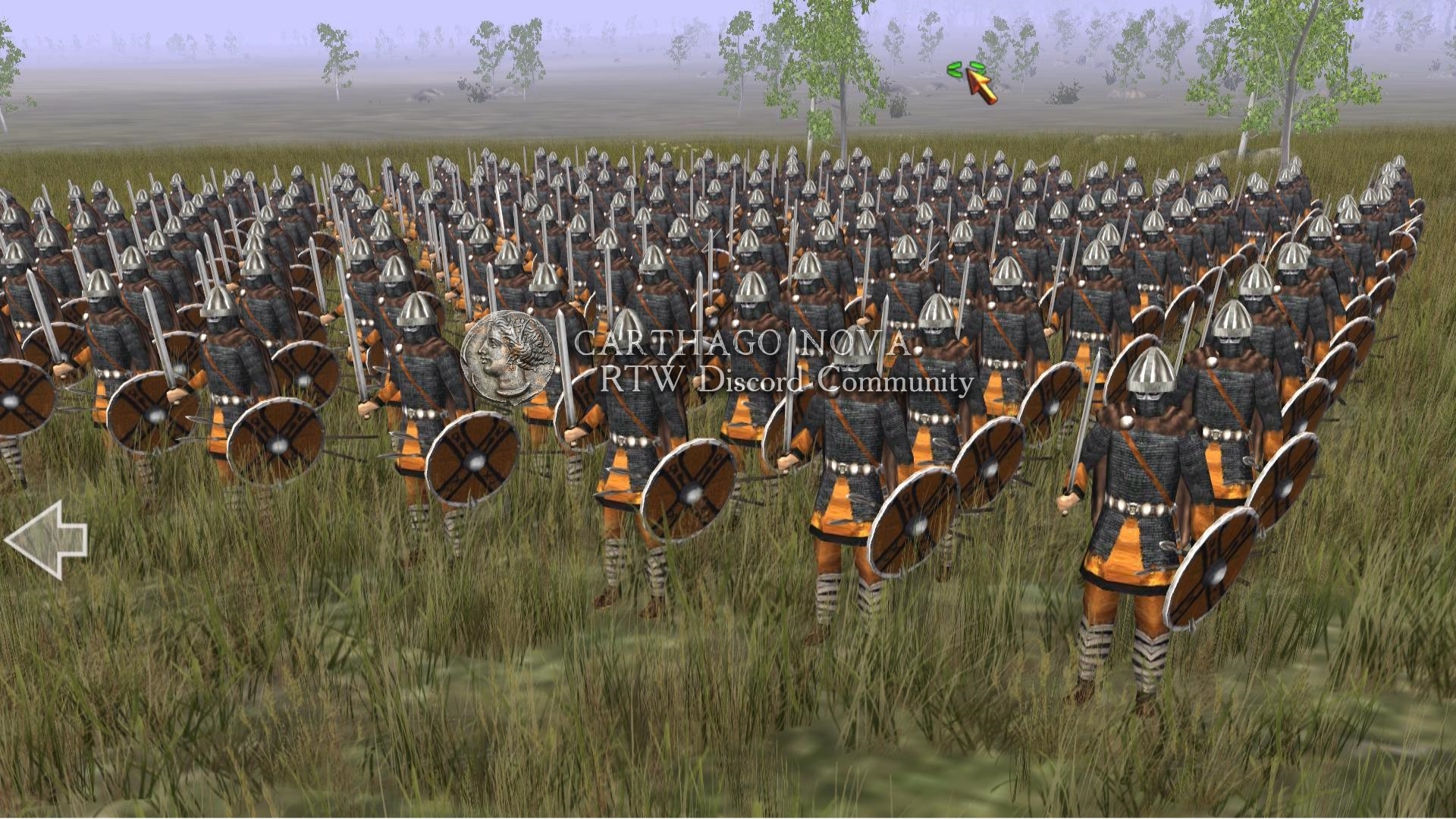
The Old Saxons competed with the Franks for territory and were forced to pay tribute to
them in 566. Two years later some Saxons joined the Lombards in their invasion of Italy
across the Alps. Yet, rather than live under Lombard laws, this group returned to southern
Germany, where they continued to compete with the expanding Franks.
King Pippin III of the Franks waged war against the Saxons; in 772 his son, Charlemagne,
campaigned against them, and by 782 he had annexed Saxon lands in northern
Germany as a province in his empire. His order to convert the Saxons to Christianity resulted in
rebellion under a leader named Widukind.
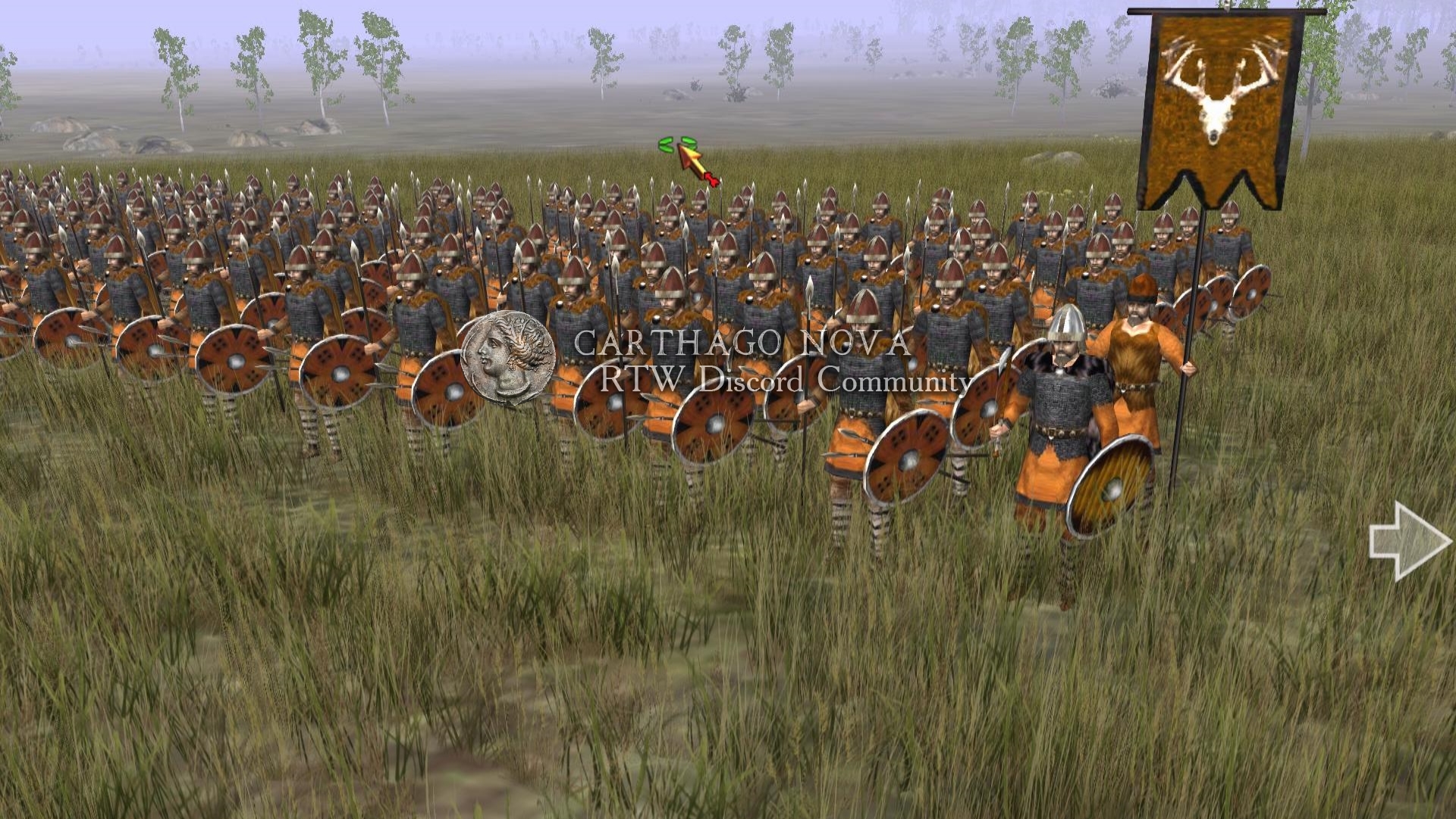
During this rebellion Charlemagne is said to have executed 4,500 Saxon prisoners. Although
Widukind fled to Denmark, the Saxons continued fierce resistance. In 785 Charlemagne
offered Widukind safe conduct to negotiate peace; Widukind’s submission to the emperor
and conversion, with Charlemagne’s standing as sponsor, pacified most of the Saxons, although
sporadic resistance continued until 804. In 843 the Treaty of Verdun divided Old
Saxon lands; Saxony became a duchy under Frankish sovereignty, part of the East Frankish
kingdom, the foundation of modern Germany. The duchy of Saxony was composed of lands
conquered between about 200 and 700 by the Saxon tribe. This territory included Holstein
and the area west of the lower Elbe River, in what is now the German Land (state) of Lower
Saxony. In the early 10th century the dukes of Saxony became rulers of all of Germany; their
royal line, known as the Ottonian dynasty, held the German Crown until 1024. Under the Holy
Roman Emperor Frederick I Barbarossa the duchy was broken up in 1180, and only two
small and widely separated territories retained the Saxon name: Saxe-Lauenburg, southeast of
Holstein, and Saxe-Wittenberg, along the Middle Elbe (now north of Leipzig). The duchy
was dissolved in the late 12th century. In the 15th century the duchy of Saxony was
bestowed on the Wettin dynasty, whose lands were in central and eastern Germany, far from
the original homeland of the Saxons.
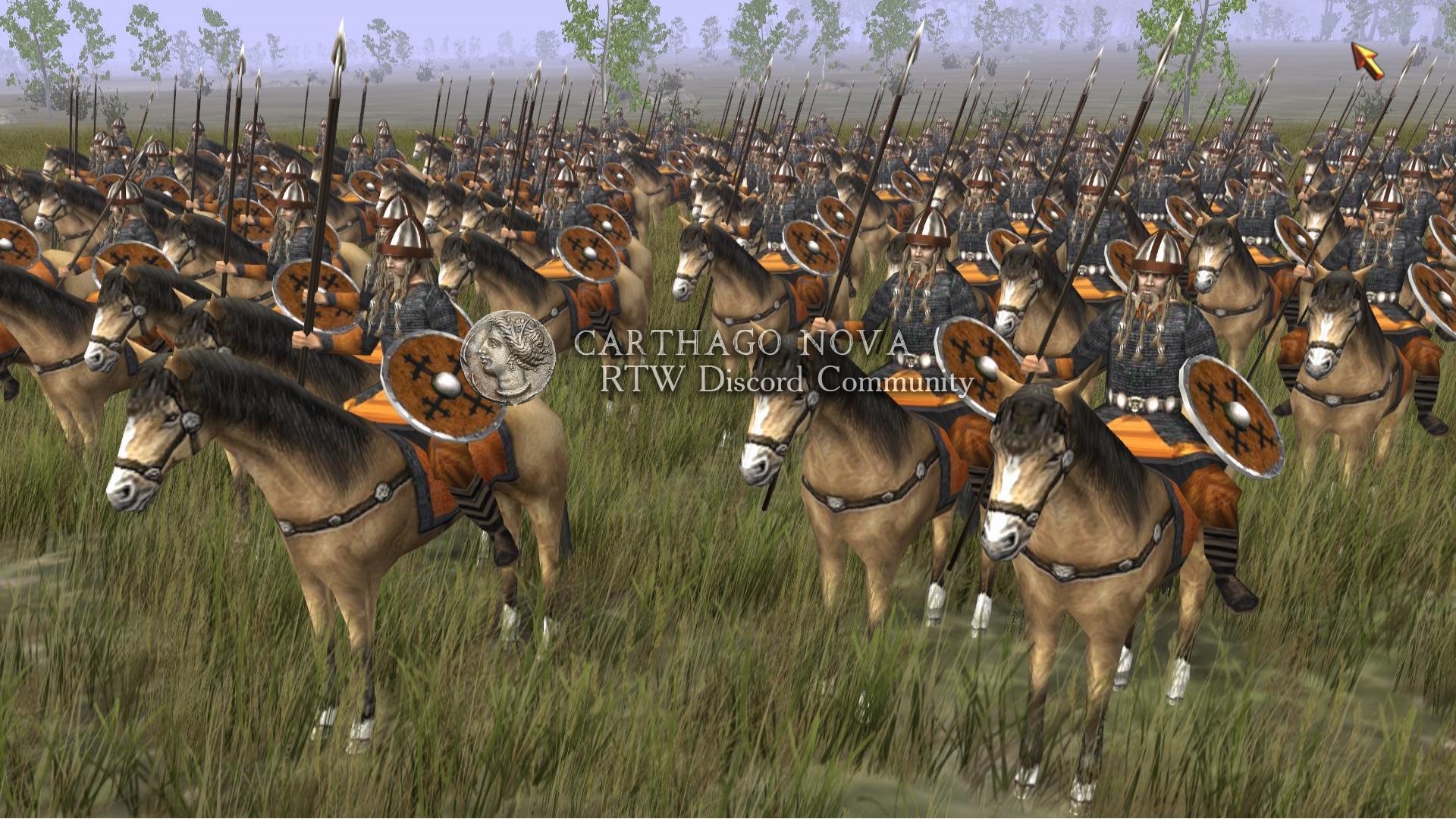
Economy
The impact of the Romans on the economy of the Saxons, along with those of the other tribes in
the region, can be seen archaeologically near the village of Flogeln in Lower Saxony, where the
number of workshops began to increase in the early third century C.E. Metalworking and probably
tanning were practiced on a larger scale.
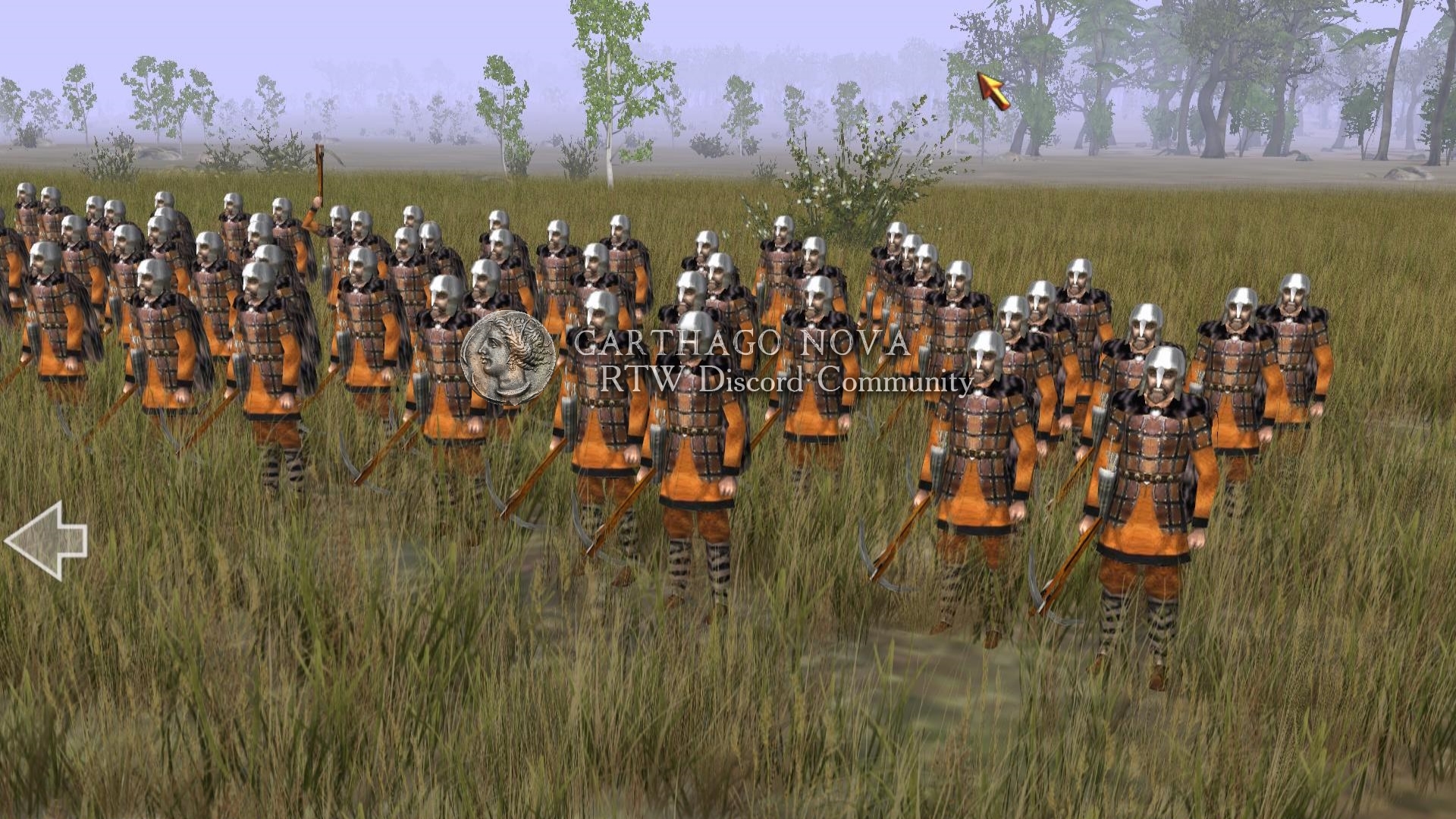
Government and Society
The Saxons were ruled by chieftains, but all classes except slaves were represented in their
assemblies, where issues of war and peace were discussed. There is evidence that the Saxons
served as soldiers under their Carolingian Frank overlords.
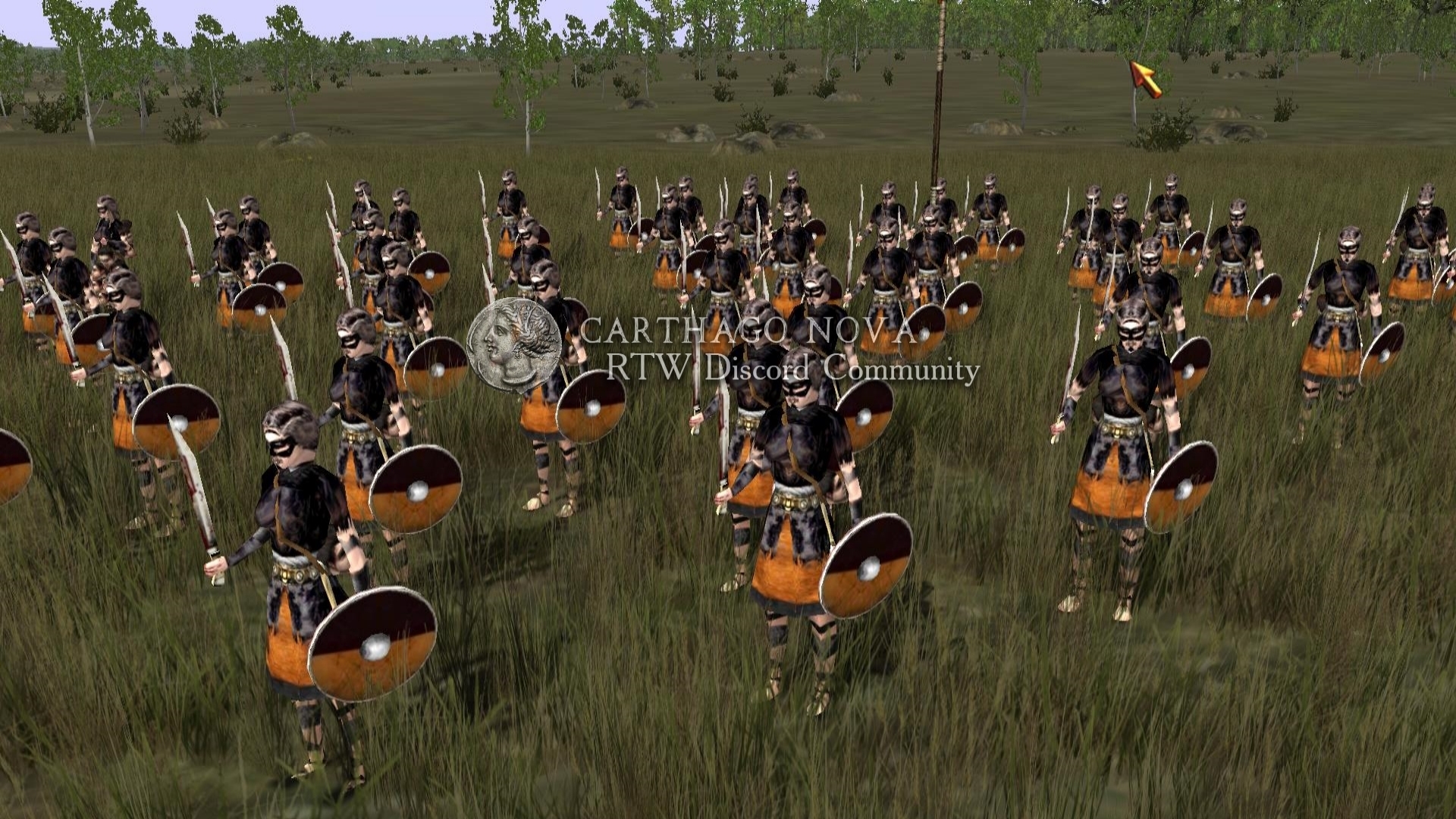
Military Practices: The Scramasax
The weapon called the scramasax, from which the name Saxon may have been derived, was
actually a sword type common to many Germanic tribes. Its shape was similar to that
of a machete, slightly curved and tapering to a point, with only the outer curve having a
sharpened edge. The length of the scramasax could range from as little as half a foot to a full
yard. It was customarily carried by Lombard warriors from the fourth to the ninth centuries
as an adjunct to other weapons, to be used as a last resort, and as a sign of rank.
Transportation: Road Building
The wet, boggy land of parts of Lower Saxony—and of the homeland of the Angles,
Jutes, and Frisians—necessitated and then preserved timber trackways laid across marshlands.
They were built of brushwood pegged into place, sometimes supplemented with
planking.
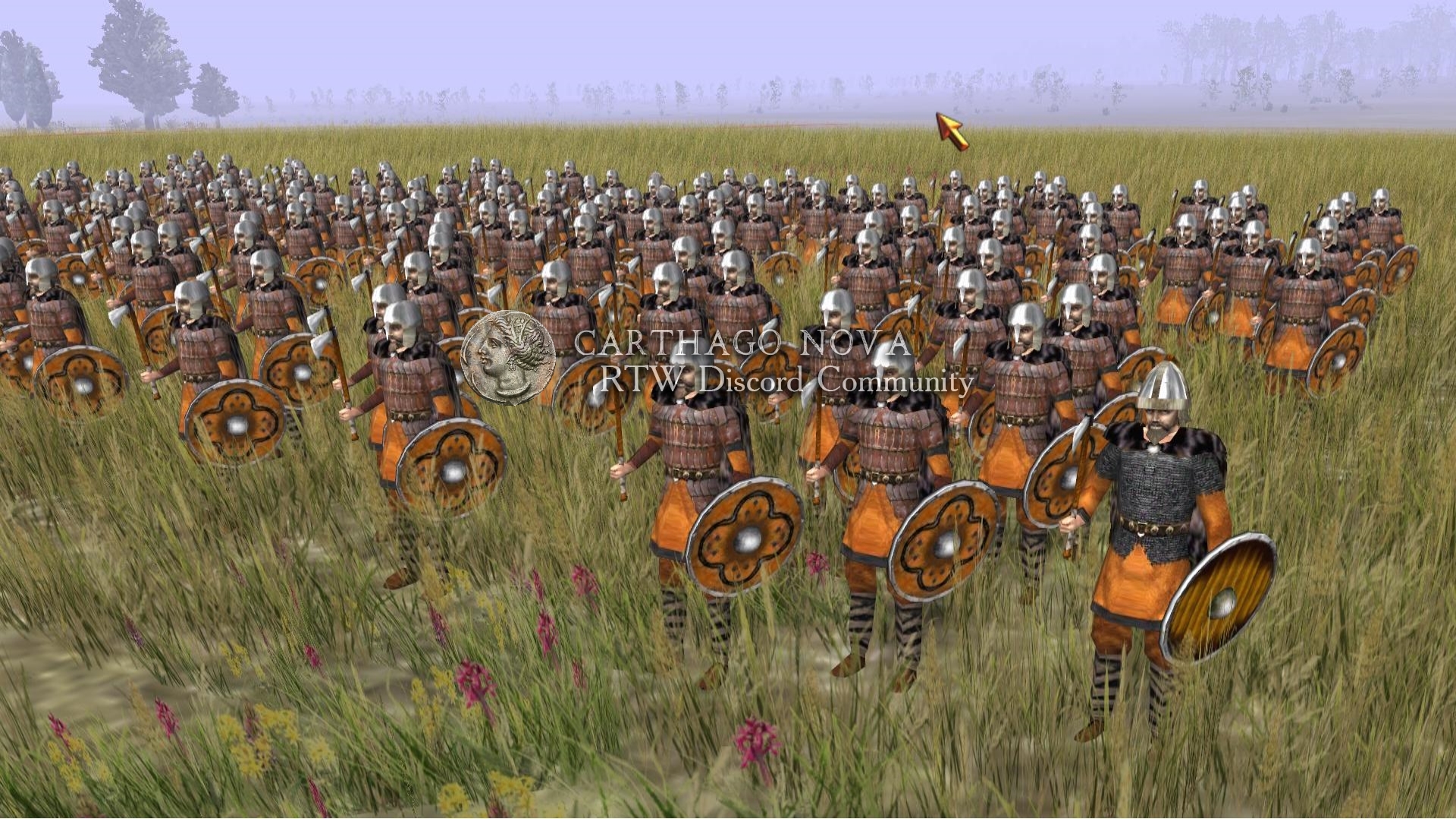
Literature
Few works in Old Saxon have survived. A life of Christ in alliterative verse, known as The
Heliand, was written in about 830, along with a fragment of a translation of the biblical book of
Genesis.
Religion
The Liebenau cemetery in the Weser valley provides evidence of the timing of Saxon conversion
to Christianity, since it was in continuous use from the fifth to the ninth centuries
C.E. Pagan burials with grave goods predominated until the eighth century. Horses were
buried here as well. Coinciding with the conversion of Widukind in 785 Christian burials
without grave goods began, although the inclusion of grave goods did not cease completely
for many years.
The conversion of the Saxons was as much a political as a spiritual process, as signaled
by the felling of Irminsul, the sacred oak of the Saxons, at the start of Charlemagne’s
campaign of conquest in 772. The Carolingian Franks used Christianity as a means of pacifying,
and later civilizing, the Saxons. Baptism was considered a test of submission to
Frankish rule, and in 785 Charlemagne decreed the death penalty for any Saxon who
refused baptism or who transgressed against the sacraments—for example, eating meat on
Friday. The ruthlessness of the Franks naturally caused the Saxons to despise them, and
it was Anglo-Saxon missionaries, who could distance themselves to some extent from the
Franks (and spoke a language close to Old Saxon), who were ultimately successful in
converting the Saxons.

The Saxons, whose kingdom of Wessex in England became the foundation of the English
monarchy, are considered to be among the most influential of the many Germanic tribes whose
migrations broke up and transformed the Roman world, setting the stage for the shift in
European dominance from south to north, which has continued to the present. They, with
the other Anglo-Saxon tribes, were the only Germanic people to replace the culture of their
new territory with their own; the original Celtic culture of Britain was subsumed or displaced
by the Saxons’ own Germanic culture, a process unmatched in the French-speaking
Frankish kingdom, in Visigothic Spain, or in Ostrogothic Italy. They also contributed to the history of modern-day Germany.
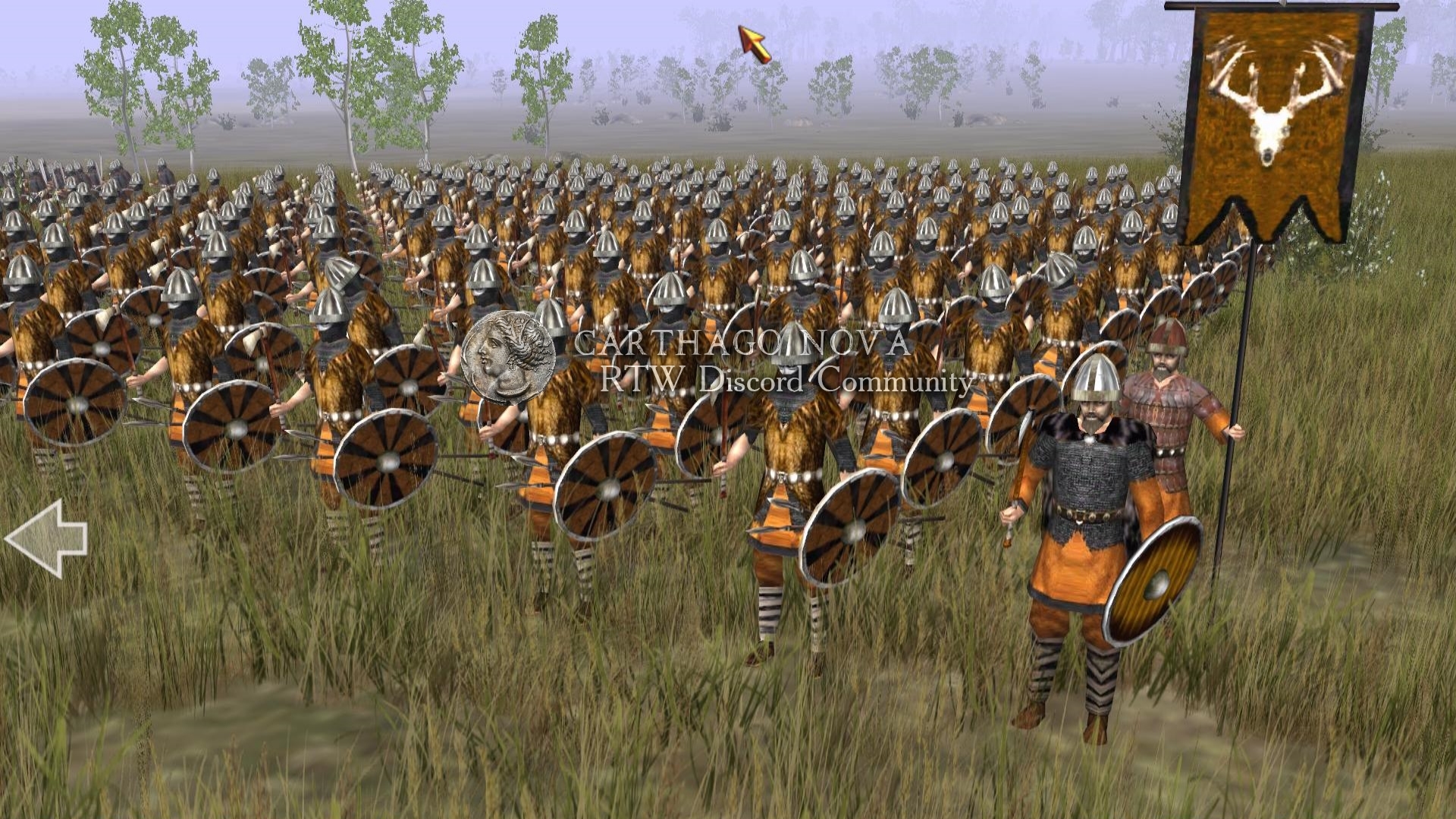
FURTHER READING
Karen Bryant-Mole. The Saxons (Hove, U.K.: Wayland, 1995).
Peter Hicks. Family Life in Saxon Britain (Hove, U.K.: Wayland, 1994).
K.J. Leyser. Rule and Conflict in an Early Medieval
Society: Ottonian Saxony (Oxford: Blackwell, 1989).
Tony D. Triggs. Saxon Invaders and Settlers (Hove, U.K.: Wayland, 1992).
Resource: Encyclopedia Of European People




спасибо..как всегда познавательно и интересно..